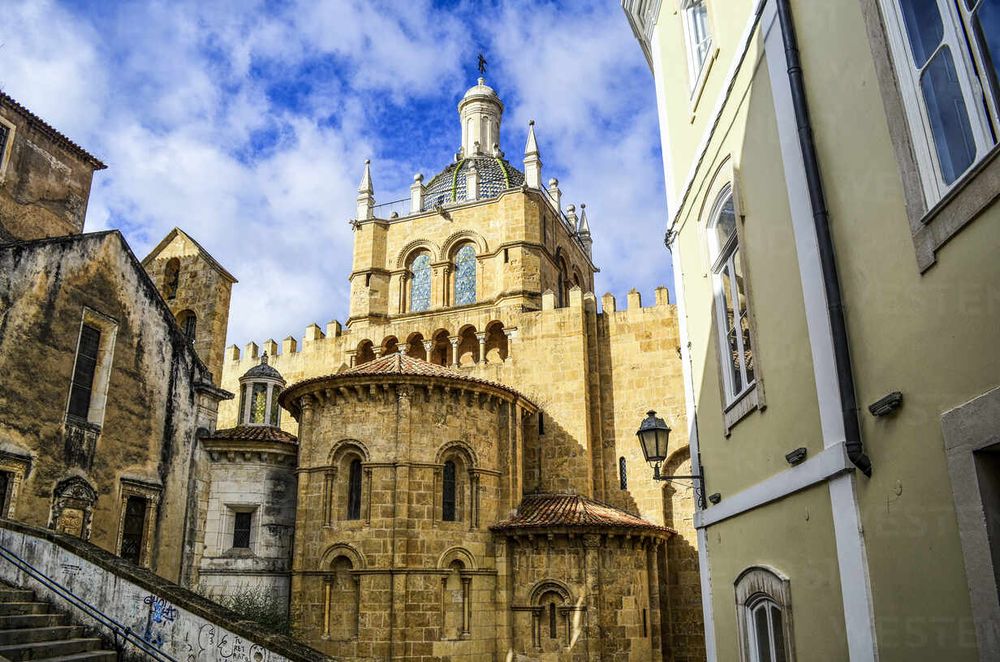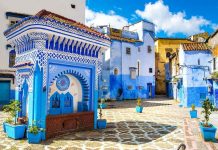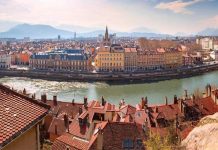Ranging from small chapels to large cathedrals, temples tell the story of Portuguese art and architecture. The beauty that they transmit also expresses the spirituality of a people and their own history.
Even before the founding of the nation, the first Christian reconquest movements allowed for the restoration of important dioceses, established during the Swabian and Visigothic presence, extending their existence to the present day. Some relevant examples are the diocese of Braga and Oporto, Lamego (Montanhas) and Coimbra (Costa de Prata). In the founding of the Kingdom of Portugal itself, the Church played a crucial role in helping to strengthen its identity, namely through the monastic religious orders of Cluny and Cister. In addition to its obvious importance in the religious and cultural development, its influence in the social, political and economic organization was quite relevant, combined with the effort of the military orders in their struggle to define the frontiers and in the fortification of the nobility and of the royalty.
Often eclectic, influenced by the evolution of different artistic styles, most Roman temples are located in the North of Portugal, mainly in the regions of Costa Verde and Montanhas, where the harsh granite is well matched with their decorative divestiture. Further down and heading South, the Ancient Cathedral of Coimbra (Costa de Prata) is a key example of this style, along with the Lisbon Cathedral, both with characteristics of medieval fortresses.
The Monastery of Alcobaça (Costa de Prata), with its square Cistercian plan, is one of the first gothic monuments, even if its facade was later made baroque. It is a spectacular monument, with marvelous halls and cloisters, a strange kitchen with enormous chimneys and a fountain where two rivers flow into one another.It contrasts with the simplicity of the church where Dom Pedro and Dona Inês are buried, face to face and waiting for the Last Judgment in the most perfect, gothic sculpture tombs. The former were the protagonists of a forbidden romance that ended tragically with the assassination of D. Inês ordered by D. Pedro’s father.
The Monastery of Santa Maria da Vitória in Batalha (Costa de Prata), also given world heritage status by UNESCO, is the fulfillment of a promise after military victory, during the period when independence was at stake. Its intricate stonework evolved from the gothic until its final version, the Manuelino. You must stop here during your stay in Portugal to see the Monastery’s interiors illuminated by splendid stained glass windows.
Despite the existence of beautiful Renaissance churches, such as the Capela da Conceição in Tomar (Costa de Prata) or Manneristic ones, such as the Church of São Vicente de Fora (Lisboa), it is undoubtedly the splendor of the Baroque and its transition to the Rococo that are seen in most of thetemples and altars of Portugal. From the Mafra Convent (Costa de Lisboa) to the Bom Jesus de Braga (Costa Verde), the latter being the region with the greatest density of religious monuments in Portugal, to the Episcopal palace of Castelo Branco (Montanhas) or Igreja dos Remédios with their magnificent stairways, passing through the Churches of Clérigos or S. Francisco in Oporto, to the Algarve and the Azores, it’s impossible not to succumb to the perfection of the gilded wooden objects, the silver altars, the sculptural pieces or the original azulejos panels.
In Fátima, a place of pilgrimage, the magnificence of the 20th century neoclassicism of the Basilica of Fátima almost vanishes next to the modest apparition chapel, a place of faith, where so many people meet for prayers. In Portugal and on the occasion of the big religious festivities, this meeting of people all but transforms small churches into enormous cathedrals. The patron saint and the hospitality of any passerby will watch over you during your visit.












